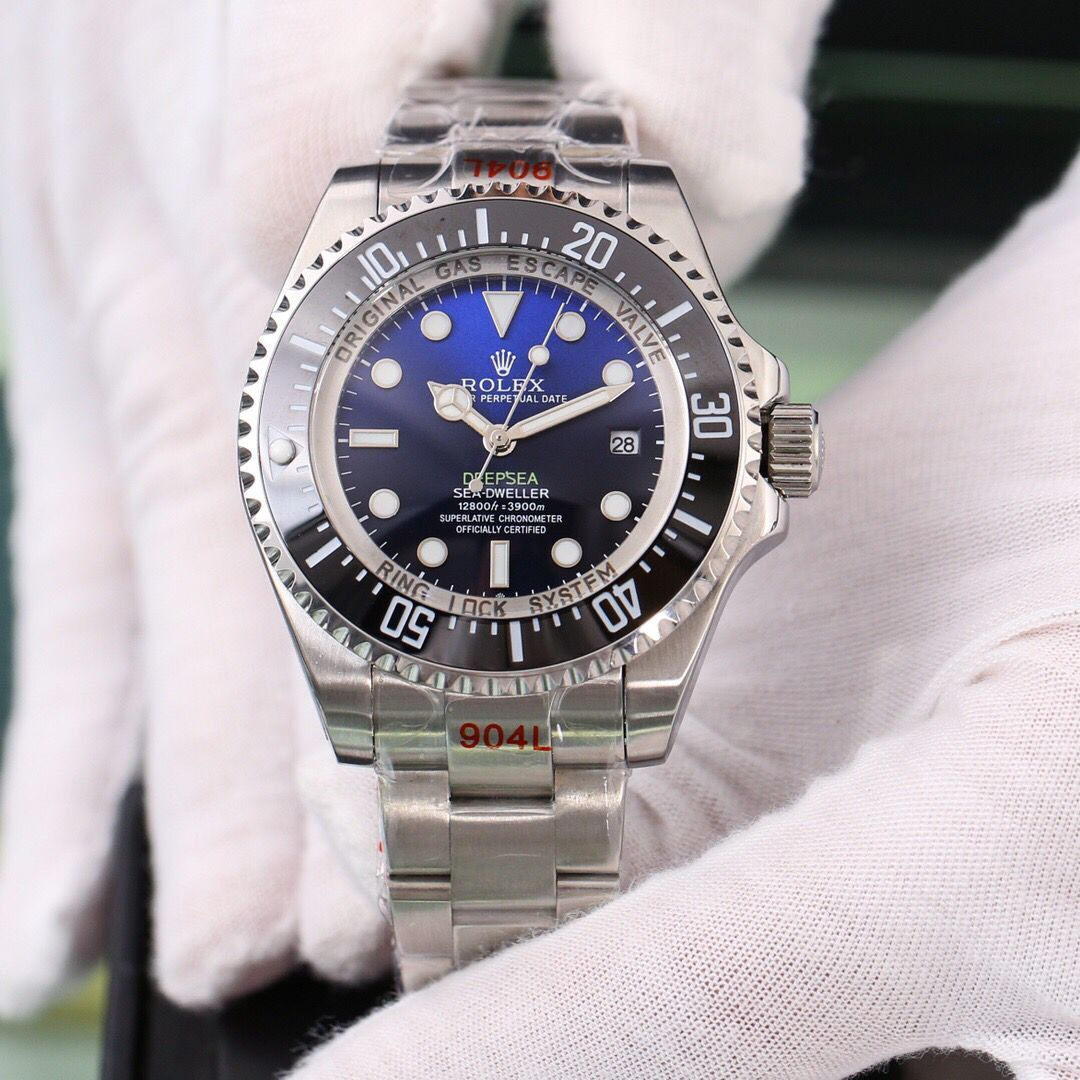홈페이지 | The Rise of Fake Fashion
페이지 정보
작성자 Adriene Huie 작성일25-07-21 21:07 조회44회 댓글0건관련링크
본문
At its core, knockoff culture is driven by a desire for high-end products at a lower price point. With the increasing status obsession and celebrity culture in many societies, more and more people are eager to own designer products, but the high prices associated with authentic luxury brands can be steep. This is where knockoffs come in – they offer a more affordable alternative that can be just as coveted and trendy as the real thing.
However, the rise of knockoffs has significant consequences for designers. Firstly, it undermines their copyright law. When someone creates a design, they invest a lot of effort and resources into it, and they expect to be able to defend it through trademarks. But with knockoffs, this protection is rendered futile. The knockoff seller can copy the design without permission, sell it at a lower price, and pocket the profit.
The financial impact of knockoffs on designers can be substantial. According to some calculations, the global fashion industry loses over thirty billion dollars to counterfeiting. This is a significant blow to small and independent designers who often operate on tight finances. Large luxury brands can handle the loss, but for smaller players, the blow can be catastrophic.
Furthermore, knockoffs can also harm the designers' image. When buyers realize that knockoffs are readily available and nearly unrecognizable from the real thing, the worth and exclusivity associated with the original product is eroded. This can lead to a decline in brand faithfulness and a opinion that the designer product is no longer unique or unique.
Additionally, the emergence of social media has also contributed to the growth of knockoff culture. Platforms like Pinterest are filled with content of knockoffs, making it easier for scammers to promote their wares and lure in unsuspecting buyers. Social media also provides a space for knockoff sellers to engage with their customers and build credibility, which can be damaging to legitimate designers who have invested time and resources into establishing their brand.
So, what does the rise of knockoff culture signify for designers? On the one hand, it is a clear indicator that the market is willing to pay for highbrow fashion, and designers can draw inspiration from the knockoff culture to create new, original designs that cater to the demand for affordable luxury. On the other hand, the spread of knockoffs poses a significant challenge to designers' livelihoods.

As a result, designers need to adjust quickly to the evolving landscape. This may involve investigating new business models, such as subscription-based services, that set apart their products from knockoffs. Designers also need to invest in effective authentication and systems to make it harder for scammers to copy their work.
Ultimately, the rise of knockoff culture is a sign of the times – a reflection of a market that emphasizes luxury above unique. While it poses hazards for designers, it also presents opportunities for innovation. Designers who are able to navigate this complex landscape will rise stronger, more flexible, and more relevant in the years to come.
댓글목록
등록된 댓글이 없습니다.